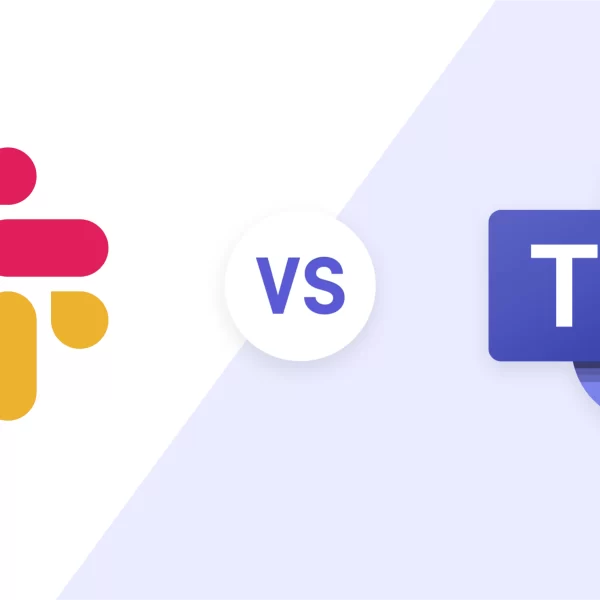The world of LCD displays is constantly evolving, with advancements in technology leading to ever more vivid and high-resolution screens. In the age of full-color, high-definition displays, it might seem that monochrome LCD screens have been overshadowed. However, these displays have stood the test of time and continue to play a crucial role in various applications. This detailed article will explore the enduring appeal of monochrome LCD screens, explaining what they are, highlighting their advantages, and delving into the diverse areas where they continue to prove invaluable.
A snapshot of simplicity
Monochrome LCD screens are a specialized subset of LCD technology designed to display content in only two colors, typically black and white. Unlike their colorful counterparts that offer a wide spectrum of hues, these displays adhere to a simpler dichotomy, using only two states to convey information. While this simplicity might seem somewhat limited in today’s world of endless colors, monochrome displays possess a set of advantages that keep them relevant and highly functional.
Why monochrome LCD screens remain in use?
Despite new technologies taking the stage and dominating the world of LCD displays, monochrome displays have quite successfully managed to stand the test of time and, although it may come as a shock to some, they’re still widely in use. Let’s take a look at what benefits a monochromatic display brings to its users.
- Clarity and readability
Monochrome displays excel in delivering clear and highly readable content. The sharp contrast between black and white pixels ensures that information is conveyed with precision. This makes them ideal for applications where data clarity is of utmost importance. In scenarios where precise information is crucial, monochrome displays shine with their unambiguous presentation.
- Durability and longevity
Monochrome LCD screens are known for their robustness and long lifespan, which is a great advantage as modern technology sometimes comes with an expiration date. They are less prone to issues such as burn-in, which can affect color displays over time. This resilience is particularly valuable in applications where the display remains static or shows the same content for extended periods. In settings where downtime and maintenance are minimized, monochrome displays offer reliability.
- Visibility in varied lighting conditions:
These displays perform consistently across a wide range of lighting conditions. Whether it’s in bright daylight or dimly lit environments, monochrome screens remain visible. This versatility is a key attribute, making them suitable for outdoor applications and various industrial settings. For outdoor signage or machinery control panels, where lighting conditions can vary, monochrome displays ensure content remains legible.
- Low power consumption:
Monochrome LCD screens are energy-efficient. They consume considerably less power compared to their color counterparts. This energy efficiency is a practical advantage, especially in applications where battery life and power conservation are crucial. Devices and systems that rely on batteries benefit from the extended operational life that monochrome displays provide.
Applications of monochrome LCD screens
Monochrome LCD screens find applications in a variety of fields, where their unique characteristics are highly valued. For instance, monochrome displays are commonly used in control panels and machinery interfaces in industrial settings. Their durability, readability, and longevity make them the perfect choice for conveying critical data in manufacturing and automation. In environments where precision and reliability are essential, monochrome displays are the go-to option.
They are also used In the medical field in devices such as patient monitors and diagnostic equipment. Their reliability and clear presentation of vital information are vital in healthcare settings. The accuracy of displayed data in these critical applications is non-negotiable, making monochrome displays the preferred choice.
Outdoor digital signage also often relies on monochrome LCD screens. Their visibility in varying lighting conditions and power efficiency make them suitable for displaying essential information and advertisements in public spaces. Whether it’s a bus stop display or an information kiosk in a park, monochrome displays ensure content is visible regardless of external factors.
Additionally, monochrome e-ink displays are used in retail environments to create electronic shelf labels. These displays offer flexibility, as the information they display can be updated easily. Their power-efficient nature ensures long battery life, making them a cost-effective solution for retailers seeking dynamic pricing displays.
The bottom line
In a world where advancements in technology continuously push the boundaries of color and resolution, monochrome LCD screens remain a time-tested and reliable solution. Their simplicity, durability, readability, and energy efficiency make them indispensable in a variety of applications, from industrial control panels to medical equipment, outdoor signage, retail price tags, and navigation devices.
Monochrome LCD screens might not boast the dazzling hues of their colorful counterparts, but their continued relevance and proven utility showcase their enduring value. In a digital world that’s ever-changing, monochrome LCD screens serve as a steadfast reminder that sometimes, simplicity, clarity, and reliability are qualities that stand the test of time. These displays continue to offer valuable solutions in scenarios where precision, durability, and clear information presentation are essential. Monochrome screens might have a minimalist palette, but they paint a picture of enduring functionality in a constantly evolving technological landscape.













